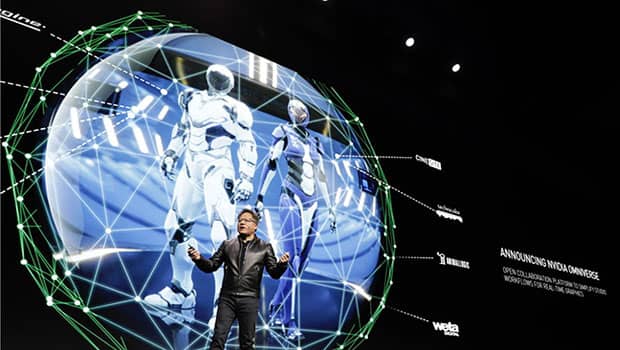Nvidia vs. Apple: The Difference Between Strategic and Tactical Leadership
Apple's recent decision to halt its electric car initiative marks a significant turn of events in the tech industry landscape, particularly in comparison to Nvidia's soaring valuation. While both companies initially ventured into the realm of autonomous self-driving electric vehicles, their divergent paths shed light on the distinctions between tactical and strategic management approaches.
Nvidia's Strategic Pursuit of AI and Self-Driving Technology
Nvidia embarked on its journey towards AI and self-driving cars at the onset of the 21st century, recognizing the immense potential of these technologies.
Understanding the need for extensive infrastructure development, Nvidia invested heavily in specialized workstations, simulation platforms like Omniverse, and advanced AI capabilities.
The Costly Yet Rewarding Strategy
Despite the substantial investment and inherent risks, Nvidia's strategic approach has paid off handsomely. By diligently building its capabilities over the years, Nvidia has positioned itself as a frontrunner in the AI and autonomous vehicle space, reflected in its skyrocketing valuation.
Risks and Rewards of Strategic Management
However, Nvidia's strategic endeavor was not without its risks. The company navigated the possibility of being overtaken by competitors or rendered obsolete by technological advancements. Nevertheless, Nvidia's unwavering commitment to its long-term vision exemplifies the courage and resilience required for strategic management.
Apple's Tactical Retreat from the Electric Car Market
In contrast to Nvidia's strategic approach, Apple's foray into the electric car market was characterized by a reactive and tactical mindset. Inspired by the success of Tesla, Apple sought to venture into self-driving electric vehicles but encountered significant challenges along the way.
The Pitfalls of Tactical Ventures
Apple's tactical approach led to substantial financial investments without commensurate returns. Despite pouring millions of dollars into the endeavor,
Lessons Learned: Sunk Costs and Strategic Realignment
Apple's decision to abandon its electric car initiative underscores the importance of recognizing sunk costs and reassessing strategic priorities. Rather than persisting in a futile endeavor, Apple redirected its focus towards AI investments, albeit from a position of relative disadvantage.
Microsoft's Tactical Triumphs and Failures
Microsoft's experiences with strategic and tactical management provide further insights into the nuances of these approaches.
While the success of Xbox exemplifies effective tactical execution, the failures of Zune and Windows Phone underscore the pitfalls of underinvestment and misaligned strategies.
Strategic Investments vs. Tactical Constraints
Microsoft's strategic success with Xbox contrasts sharply with the underfunded efforts of Zune and Windows Phone. The former benefited from substantial investment and strategic alignment, while the latter faltered due to insufficient resources and strategic missteps.
Conclusion: Balancing Strategy and Tactics in a Dynamic Landscape
In conclusion, the cases of Nvidia, Apple, and Microsoft highlight the critical importance of balancing strategic vision with tactical execution in the tech industry.
While strategic endeavors offer long-term rewards, they entail significant risks and upfront investments. Conversely, tactical initiatives provide short-term solutions but may falter without adequate resources and strategic alignment.
Product of the Week: Lenovo's Innovative Laptop Prototype
Closing on a positive note, Lenovo's prototype laptop with a clear screen showcased at the Mobile World Congress exemplifies innovation and creativity in the tech industry. This cutting-edge product captures the imagination and underscores the continual evolution of technology.


No comments:
Post a Comment